Ellie Rae Hunter & Anni Puolakka
PENETRALIA II17 December—27 January 2024
Opening: 16 December, h.18. Curated by Zoë De Luca Legge
Il termine penetralia si riferisce tipicamente all'architettura più intima e nascosta di un edificio o di un tempio. Al di là di un'associazione iniziale e immediata con il sesso, è il sostantivo neutro dell'aggettivo latino penetralis, "interno". Questa parola rivela una realtà inaspettata del verbo penetrare, e ci offre un modo per significare la dimensione dell'intimo, del recondito e dell'inaccessibile. Senza le pretese dell'impenetrabile, traccia spazialmente il mistero dell'interno.
La mostra dialogica di Ellie Rae Hunter e Anni Puolakka si basa sull'omonimo film del 2018, che racconta la storia di una persona il cui ricordo di un primo incontro sessuale con le acque gorgoglianti di una jacuzzi si attiva quando si trasferisce in un appartamento sopra una sauna per soli uomini. Il calore, i suoni e la condensa della sauna si infiltrano nell'appartamento e la protagonista si ritrova ingravidata di uno sciame di esche da pesca. Un progetto collaborativo che esplorava intrecci, confini e relazioni di trasformazione tra esseri e materiali. Cinque anni dopo, Penetralia II sviluppa ulteriormente la ricerca dell3 artist3 sulla porosità delle architetture e dei corpi attraverso una serie di opere individuali e un intervento spaziale. Rappresentare un corpo non significa tanto farsi testimoni passivi della sua esistenza, quanto, piuttosto, contribuire attivamente alla sua materializzazione, cioè alla sua costruzione come soggetto politico all'interno della società e come oggetto del sapere all'interno della natura1. Il corpo esplora le fantasie, le storie e le immagini che creiamo per venire a patti con le realtà della coesistenza interspecie e intermateriale. La sua materializzazione come soggetto socioculturale sottolinea la natura incarnata delle esperienze e il modo in cui i corpi sono coinvolti e contribuiscono a processi più ampi. Mette in evidenza le esperienze vissute degli individui come cruciali per comprendere e affrontare temi sia corporei che metaforici. In Penetralia II, le opere di Hunter e Puolakka fondono narrazioni autobiografiche e fittizie per approfondire i modi in cui questi elementi interagiscono con il nostro io psicologico e anatomico. L'esplorazione si concentra su come gli incontri involontari o inaspettati con l'altro possano svelare profonde intuizioni sulla nostra esistenza e sul suo potenziale aldilà, suggerendo un paradigma che rifiuta la nozione di altro a favore di un ethos apertamente intrecciato e integrato.
Sydämestä (2021) di Anni Puolakka è un video di 14 minuti che illustra il viaggio del Toxoplasma gondii all'interno di un corpo umano. Il protozoo parassita interagisce con il suo ospite, emozionandosi quando l'essere umano si muove o respira, e descrivendo come le funzioni fisiologiche più banali diventino affascinanti se osservate da un punto di vista diverso. Tuttavia, l'organismo parassita è impegnato nel tour di ogni torbido cunicolo e anfratto del corpo, un monologo parassitario volto a uccidere le cellule dell'ospite. Lungo il suo tragitto verso il cuore, il parassita incontra un feto, entrando in un livello di intimità ancora più profondo quando osserva l'essere umano parlare e cantare al futuro bebè. Il parassita, ingelosito, prende tutto lo spazio e l'energia dell'ospite per sé, proclamando la volontà di diventare un tutt'uno con l'essere umano e di non voler mai lasciare il suo corpo. Una rappresentazione teatrale che specula sulla nostra concezione di intimità e vicinanza. Mentre la storia si concentra sulla relazione tra gli esseri umani e tutte le entità viventi che ci rendono tali, le ipotesi sull'origine dell'infezione implicano l'interazione umana con prodotti animali non umani, suggerendo così ulteriori connessioni interspecie. Una volta riconosciuto che i nostri corpi - e quindi le nostre identità - sono formati da molteplici entità individuali, l'alterità cessa di esistere. Niente è più alieno.
L'indagine di Puolakka sulla natura ibrida degli esseri procede in Yy, Kaa e Koo (2023), una serie di collage sviluppati su oggetti di recupero. Un libro per bambinə strappato durante la lettura, una gruccia per campioni di tessuto e un album da disegno ospitano una stratificazione di carte dipinte, ognuna delle quali raffigura una forma istintuale e fantastica del corpo. Attraverso questa piccola collezione di ambienti e personaggi, l'artista accede a nuove realtà utilizzando materiali a portata di mano.
L'atto di creare interni coincide con la serie Pure Color (2023) di Ellie Rae Hunter, composta da quattro calchi in resina ad acqua della schiena dell'artista a grandezza naturale. Ciascuna delle versioni è incorporata con colate di alluminio di oggetti in miniatura: un set di piatti, un tappeto con sopra un gatto e una vestaglia appesa a un gancio. Queste porzioni di corpo incorniciate contengono altrettante porzioni di case delle bambole, evidenziando la natura contenitiva - e persino ludica - del corpo. Porzione nella porzione, calco nel calco. Questa rimappatura metafisica ci ricorda le architetture psicologiche che si insediano nelle nostre forme fisiche; che i corpi umani sono composti da molti elementi, alcuni dei quali sono animali non umani. Intimi ma esterni, familiari ma scomodi, è l'esterno che dà forma all'interno.
Questo tema è ulteriormente sviluppato in Heavenly (2023), il video di Hunter che si dispiega partendo dal mito di Urano e Gaia, gli dei del cielo e della Terra che diedero vita ai Titani, potente gruppo di esseri divini. Quando Urano, già impensierito dal potere dei suoi figli, divenne paranoico all'idea che potessero rovesciarlo, li imprigionò nella Terra, spingendoli di nuovo nel grembo di Gaia. La dea, ora in preda al dolore e all'angoscia, tramò la vendetta con il figlio Crono che alla fine riuscì a castrare Urano, a liberare i fratelli e a prendere il controllo del cosmo. Lo spazio mitico dell'utero di Gaia diventa così una rappresentazione dell'anatomia immaginaria. Uno spazio allegorico in cui l'interiorizzazione delle credenze sul corpo trascende la natura organica, rispecchiando i costrutti sociali radicati nel mito piuttosto che funzionare unicamente come entità fisiologica. Il grembo di Gaia diventa sia l'entità di superficie che la superficie di proiezione, e incarna sia il tema dell'invasione che quello della replicazione. Questa dualità del sé trasforma l'utero in un simbolo di pura permeabilità, rivelando come il tessuto stesso dell'esistenza sia plasmato dalle influenze culturali.
Welcome to Me (2023) è un'installazione site-specific che fonde tutte le precedenti speculazioni in un unico ambiente, a misura umana, eppure inaccessibile. Una penetralia che prende forma tra le pareti della galleria. Un nido di tessuti dipinti dalla forma diamantina catalizza tutte le domande aperte, evidenziando la necessità di adottare una prospettiva ironica e spensierata per poter trovare loro una risposta. La metafora del tempio del corpo si trasforma in una meno sacra e più giocosa. Per affrontare argomenti seri con una visione diversa delle normali aspettative radicate in noi; per ricordarci che l'umorismo apre modi nuovi e meno rigidi di pensare al corpo, alla sessualità e al piacere2.
1. Laura Tripaldi, Gender Tech: Come la tecnologia controlla il corpo delle donne, Editori Laterza, 2023
2. Beth Stephens and Annie Sprinkle, Assuming the Ecosexual Position: The Earth as Lover, Minnesota Press, 2021
Questo progetto è supportato da Frame Contemporary Art Finland

Almanac Inn è supportato da Fondazione Compagnia di San Paolo, Fondazione CRT and Regione Piemonte.

The word penetralia typically refers to the most private and embedded architecture of a building or temple. Beyond an initial, immediate association with sex, it is the noun neutral of the Latin adjective penetralis, “interior”. This word reveals an unexpected reality about the verb penetrate and offers us a way to signify the dimension of the intimate, the recondite, and the inaccessible. Without the pretensions of the impenetrable, it spatially traces the mystery of the inside.
Ellie Rae Hunter and Anni Puolakka's dialogic show builds upon the namesake 2018 film, which tells the story of a person whose memory of an early sexual encounter with the bubbling waters of a jacuzzi is triggered when she moves into an apartment above an all-male sauna. Heat, sounds, and condensation from the sauna seep into the flat and the protagonist finds herself impregnated with a swarm of fishing lures. The collaborative project explored entanglements, boundaries, and transformative relations between beings and materials. Five years later, Penetralia II further develops the artists' research into the porosity of architectures and bodies through a series of individual works and a spatial intervention.
To represent a body is not so much to passively witness its existence but rather to actively contribute to its materialization, that is, to its construction as a political subject within society and as an object of knowledge within nature1 . The body explores the fantasies, stories, and imagery we create to come to terms with the realities of interspecies and inter-material coexistence. Its materialization as a sociocultural subject underscores the embodied nature of experiences and how bodies are implicated in, and contribute to broader processes. It highlights the lived experiences of individuals as crucial to understanding and addressing both corporeal and metaphorical issues. In Penetralia II, Hunter and Puolakka’s works merge autobiographical and fictional narratives to delve into the ways these elements interact with our psychological and anatomical selves. The exploration focuses on how unintentional or unexpected encounters with the other can unveil profound insights about our existence and potential beyond, potentially suggesting a paradigm that rejects the notion of the other in favor of an openly intertwined and integrated ethos.
Sydämestä (2021) by Anni Puolakka is a 14-minute video depicting the journey of Toxoplasma gondii inside a human body. The protozoan parasite interacts with their host, becoming excited as the human moves and breathes and describing how the most mundane physiological functions become fascinating when observed from a different point of view. However, the parasitic organism is busy with their own tour of all the murky tunnels and crevices of the human body, a one-parasite show aimed at killing the host’s cells. While on their way to the depths of the heart, the parasite encounters a fetus, entering an even deeper level of intimacy as they witness the human talking and singing to their future baby. The jealous parasite then proceeds to take all of the host’s space and energy for themself, proclaiming their will to become one with the human and never leave their body. This theatrical representation speculates on our conception of intimacy and proximity. While the story focuses on the relationship between humans and all the living entities that make us such, the hypotheses behind the origin of the infection implicate human interaction with nonhuman animal products, suggesting an additional interspecies connection in the process. Once we recognize that our bodies - and therefore identities - are formed by multiple individual entities, otherness ceases to exist. Nothing is alien anymore.
Puolakka’s investigation of the hybrid nature of beings proceeds in Yy, Kaa and Koo (2023), a series of collages developed on found objects. Children’s books torn apart by their reader, a fabric sample hanger, and an art folder host a layering of painted paper, each one depicting an instinctual, fantastical shape of the body. This small collection of environments and characters is a way for the artist to enter new realities by using materials at hand.
The act of creating interiors corresponds to Ellie Rae Hunter’s series Pure Color (2023), consisting of four life-size aqua resin molds of the artist's back. Each of the versions is embedded with aluminum casts of miniature objects: a set of plates, a rug with a cat on it, and a robe on a hook. These framed body portions hold as many dollhouse portions, highlighting the body's containing - and even playful - nature. Portion within portion, cast within cast. This metaphysical remapping reminds us of the psychological architectures that become lodged in our physical forms; That bodies are composed of many elements, and that some of them may be nonhuman animals. Be they intimate but external, familiar but uncomfortable, it is the outside that shapes the inside.
This topic is further developed in Hunter’s video Heavenly (2023), which unfolds from the myth of Uranus and Gaia, the sky and Earth gods who gave birth to the Titans, a powerful group of divine beings. Once Uranus, already worried about the power of his children, became paranoid that they might overthrow him, he imprisoned them in the Earth, by pushing them back into Gaia's womb. The goddess, now in great pain and distress, plotted revenge with her son Cronus, who ultimately succeeded in castrating Uranus, freeing his siblings, and taking control of the cosmos. The mythical space of Gaia's uterus thus becomes a representation of imaginary anatomy. An allegorical space where the internalization of beliefs about the body transcends organic nature, mirroring the societal constructs ingrained in the myth rather than functioning solely as a physiological entity. Gaia's womb becomes both the surface entity and the projection surface, one that embodies both the invasion and replication themes. This duality of selfhood transforms the womb into a symbol of pure permeability, unveiling how the very fabric of existence is shaped by cultural influences.
Welcome to Me (2023) is a site-specific installation that blends all the abovementioned speculations in one, human-scale yet inaccessible environment. In a sense, a penetralia takes shape within the gallery walls. A diamond-shaped nest of painted fabric catalyzes all open questions, highlighting the need to assume a humorous and light-hearted mindset to answer them. The metaphor of the body temple shifts to a less sacred, more playful one. To address serious topics with a different take on what normal expectations are embedded in us; To remind us that humor opens new and less rigid ways of thinking about the body, sexuality, and pleasure2.
1. Laura Tripaldi, Gender Tech: Come la tecnologia controlla il corpo delle donne, Editori Laterza, 2023
2. Beth Stephens and Annie Sprinkle, Assuming the Ecosexual Position: The Earth as Lover, Minnesota Press, 2021
The project is supported by Frame Contemporary Art Finland

Almanac Inn is supported by Fondazione Compagnia di San Paolo, Fondazione CRT and Regione Piemonte.

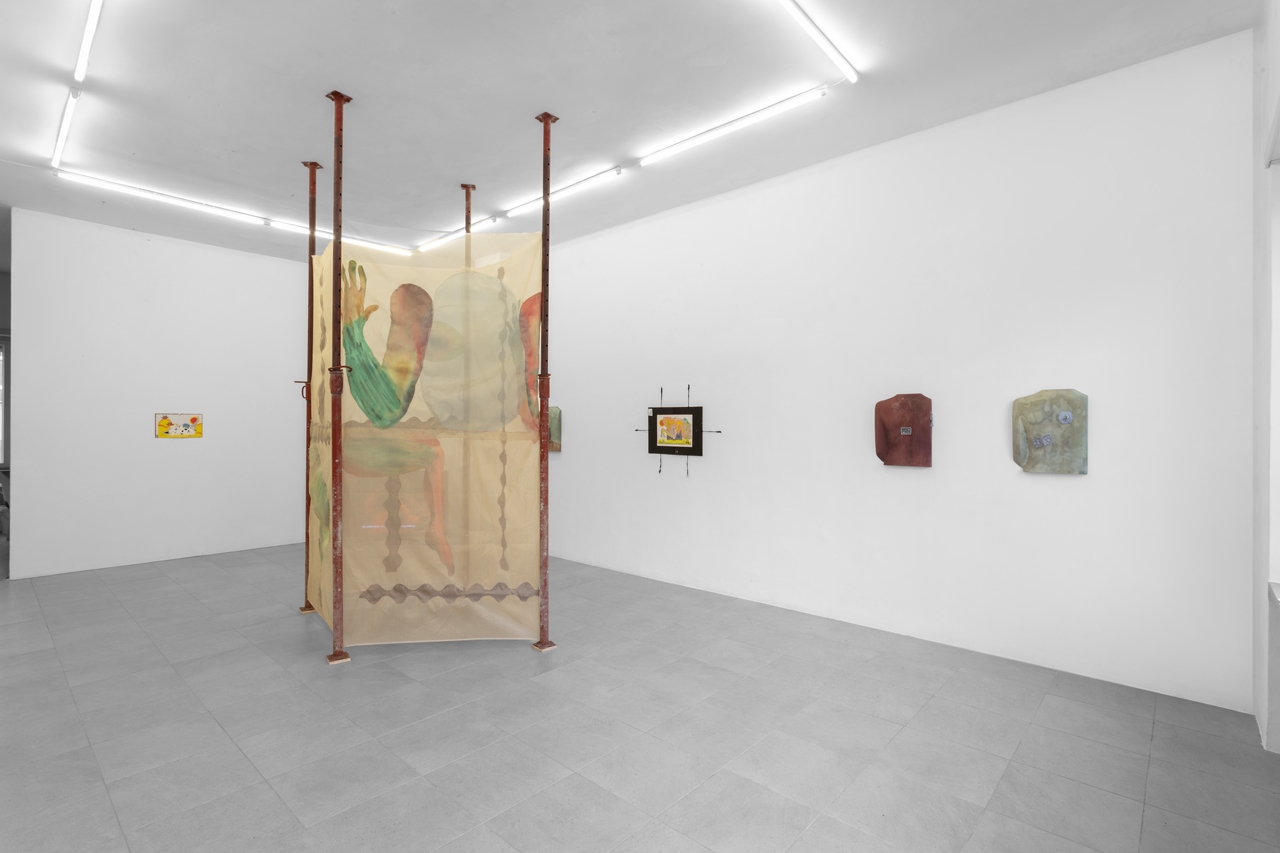
Installation view
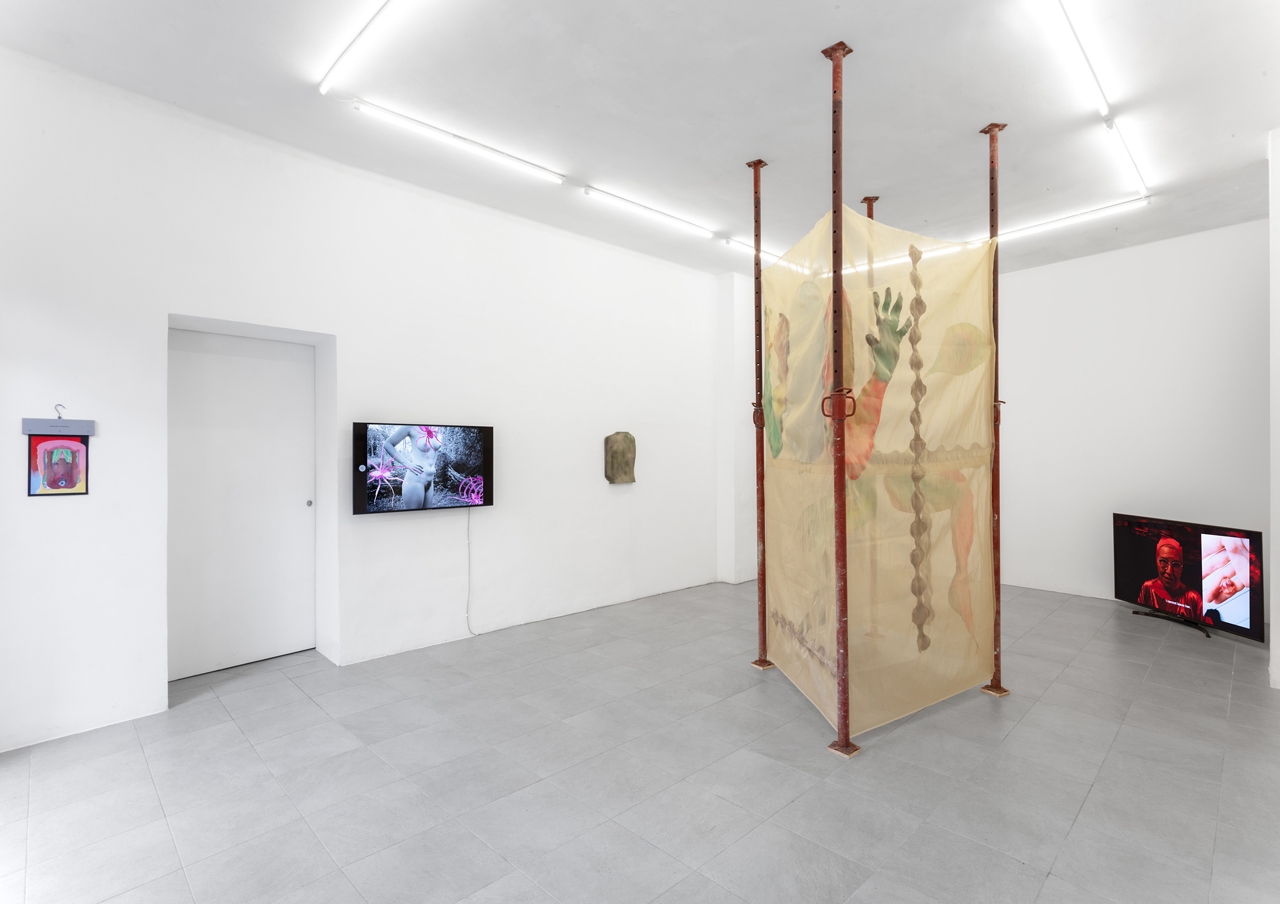
Installation view
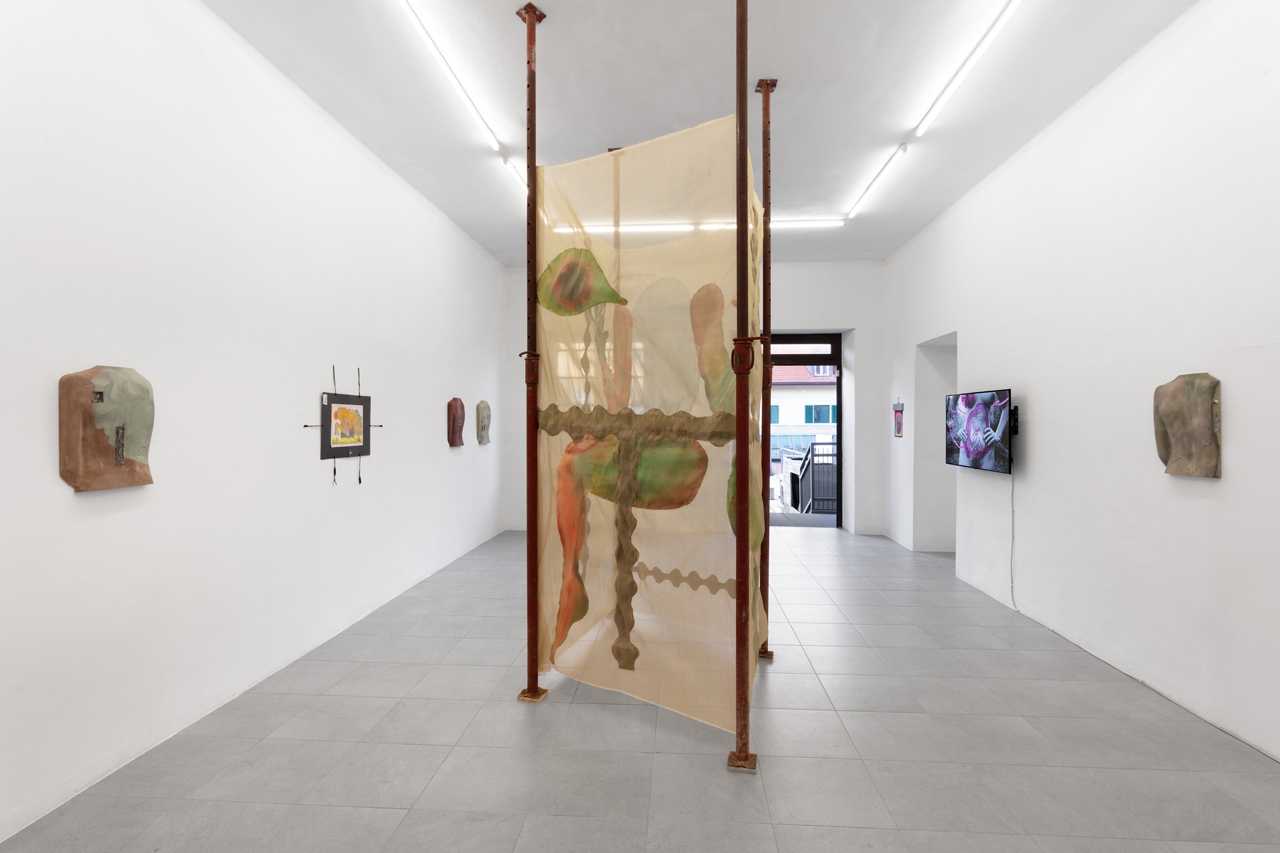
Installation view
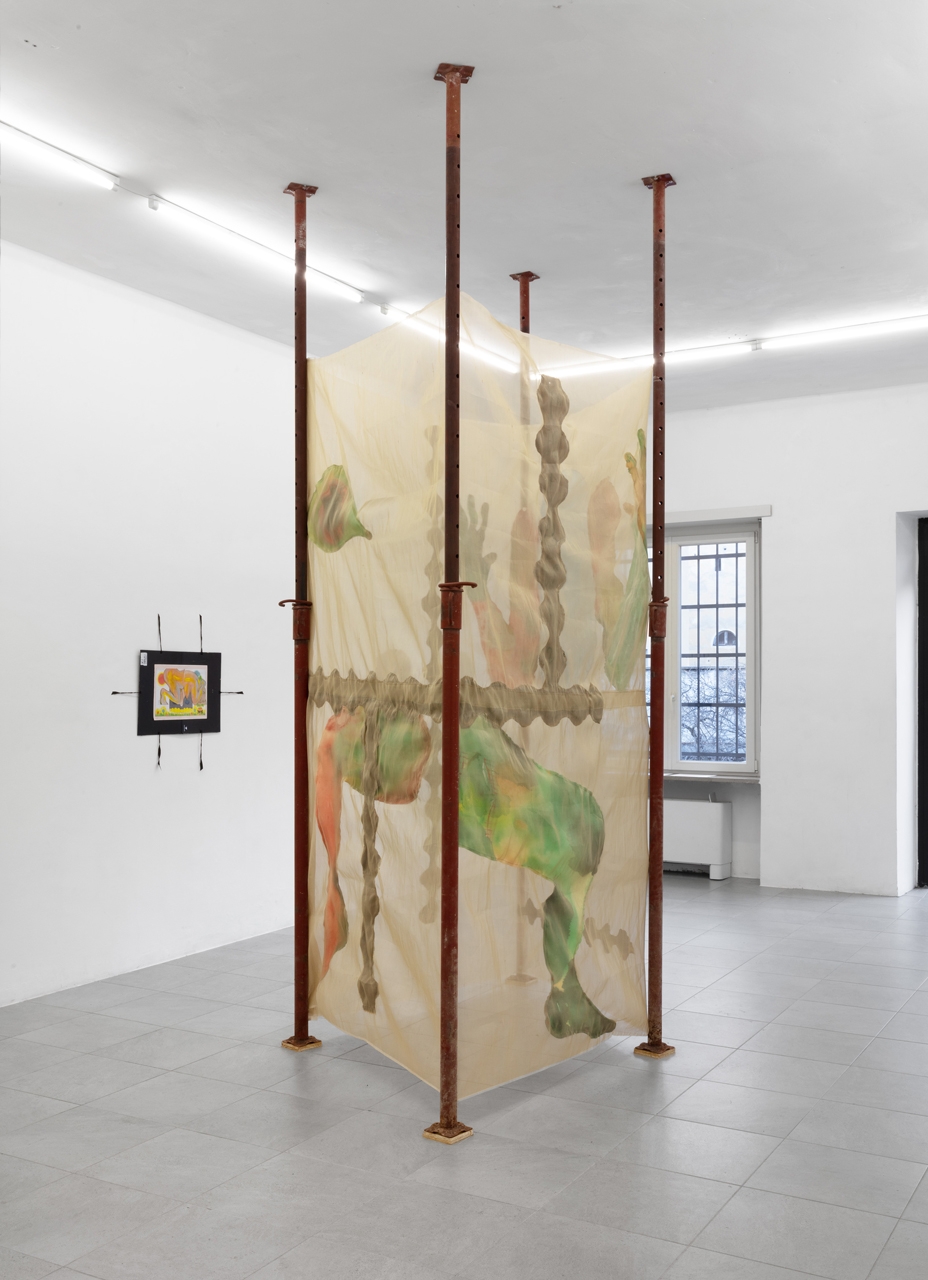
Anni Puolakka & Ellie Rae Hunter, Welcome to Me, 2023, Textile, paintings and found metal poles
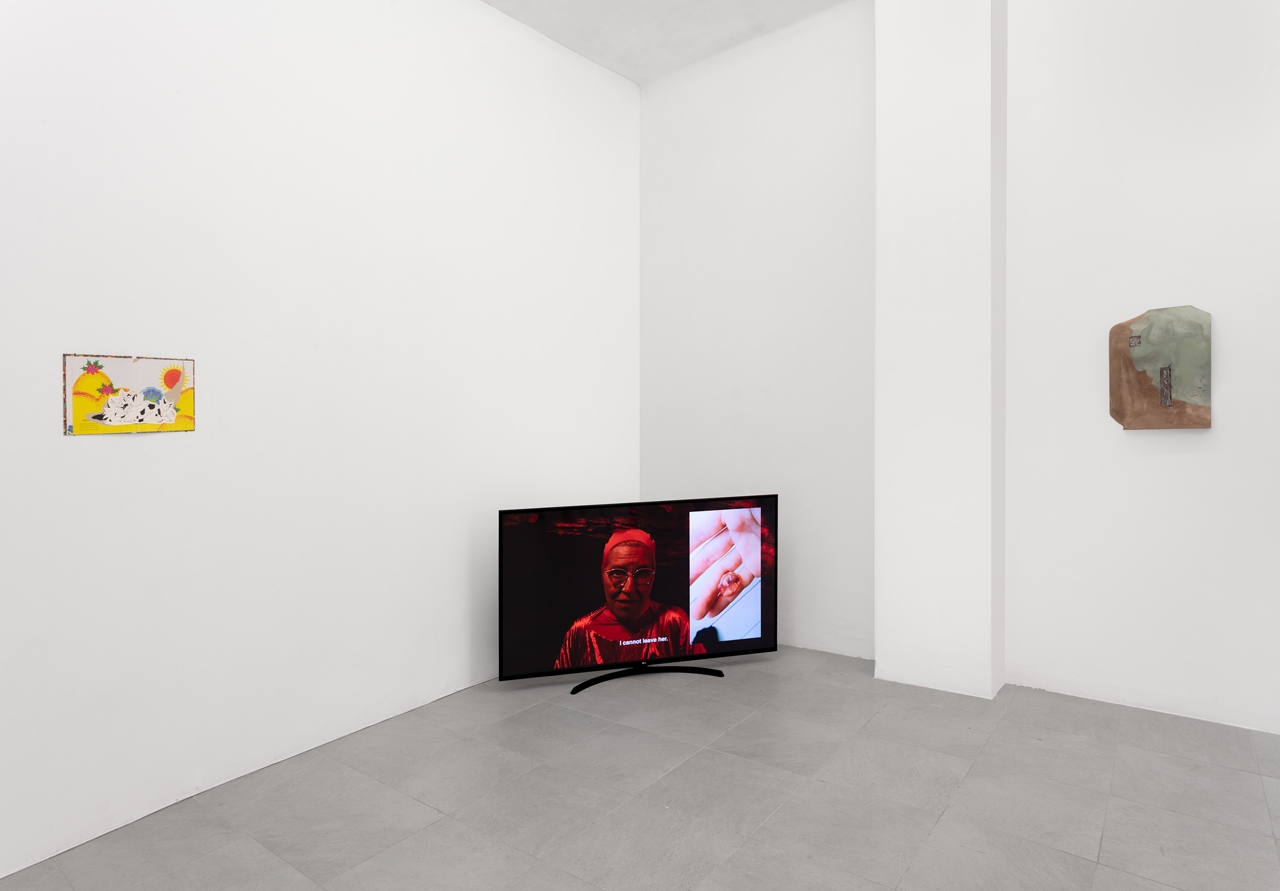
Anni Puolakka, From the Heart, 2021, Video, 14 min
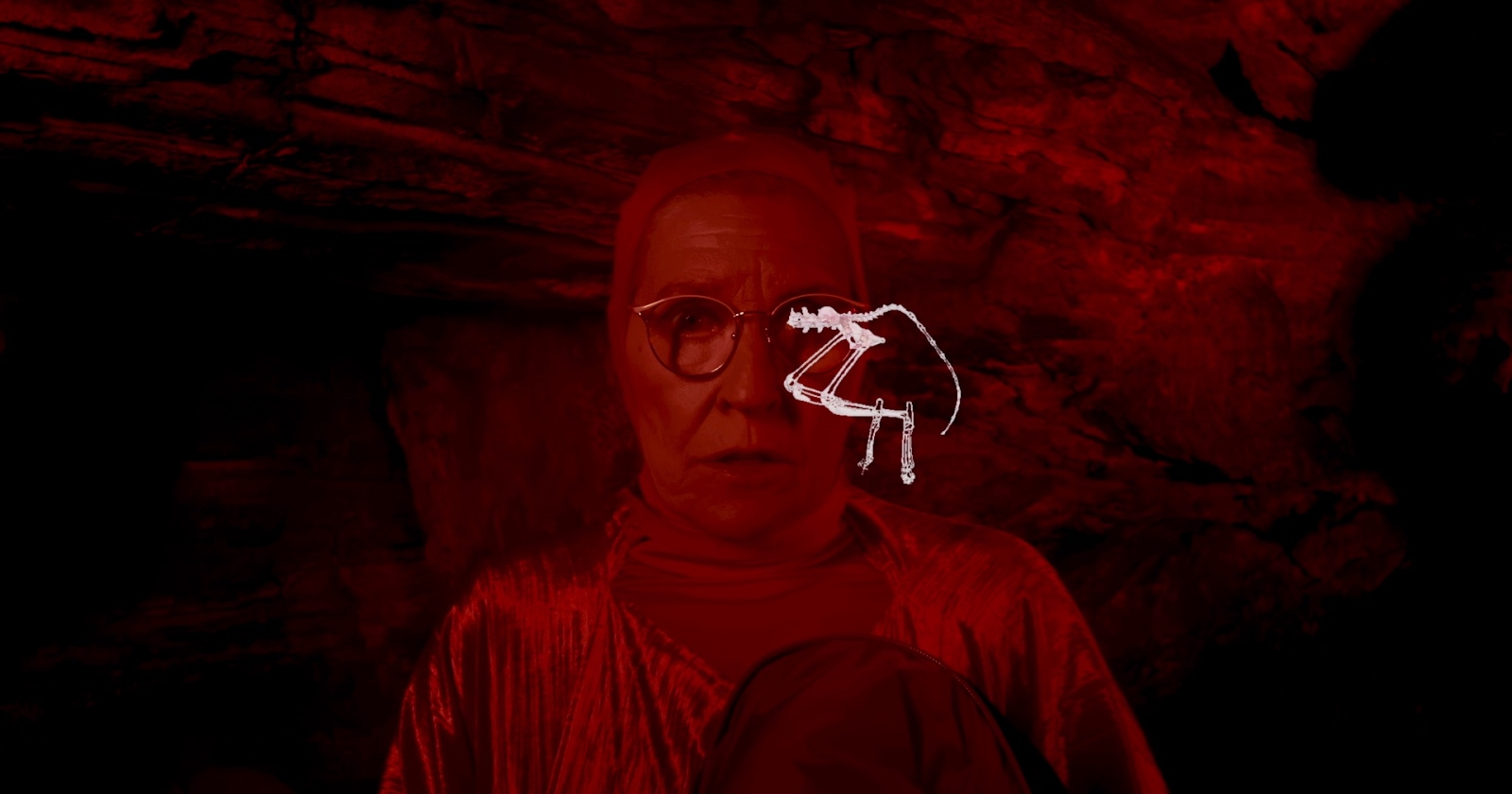
Anni Puolakka, From the Heart, 2021. (Detail)
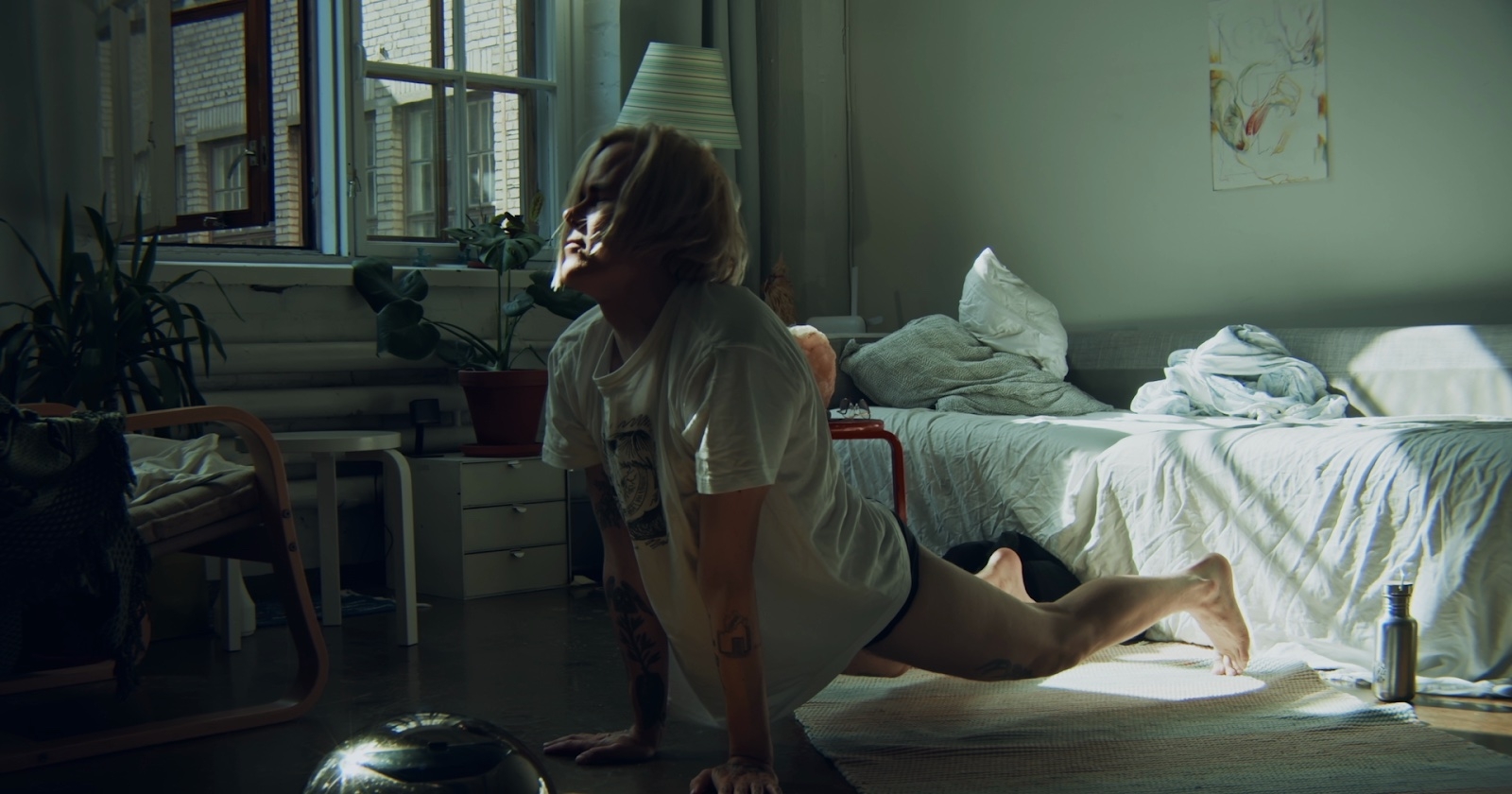
Anni Puolakka, From the Heart, 2021. (Detail)
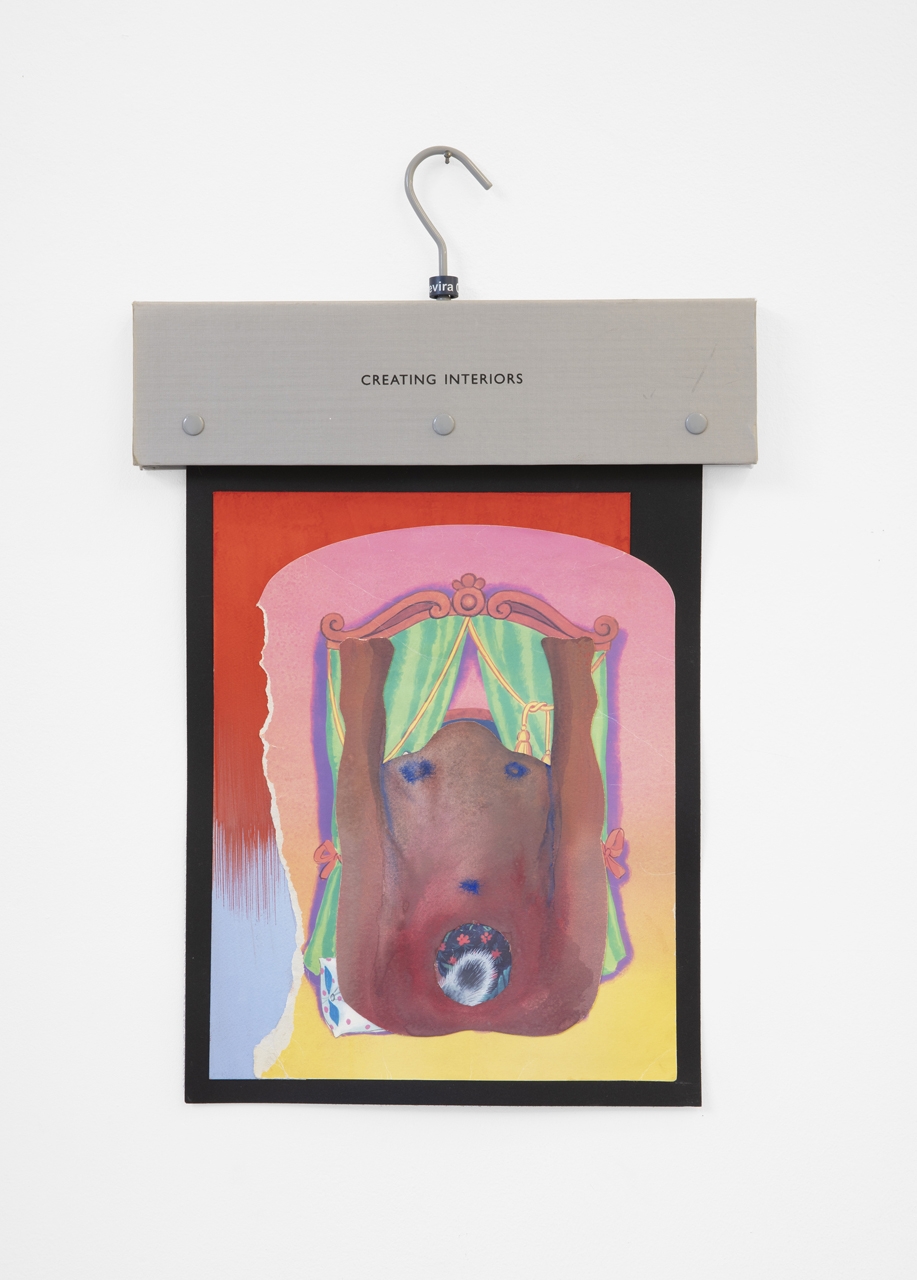
Anni Puolakka, Yy, 2023, Collage with found objects and gouache on paper
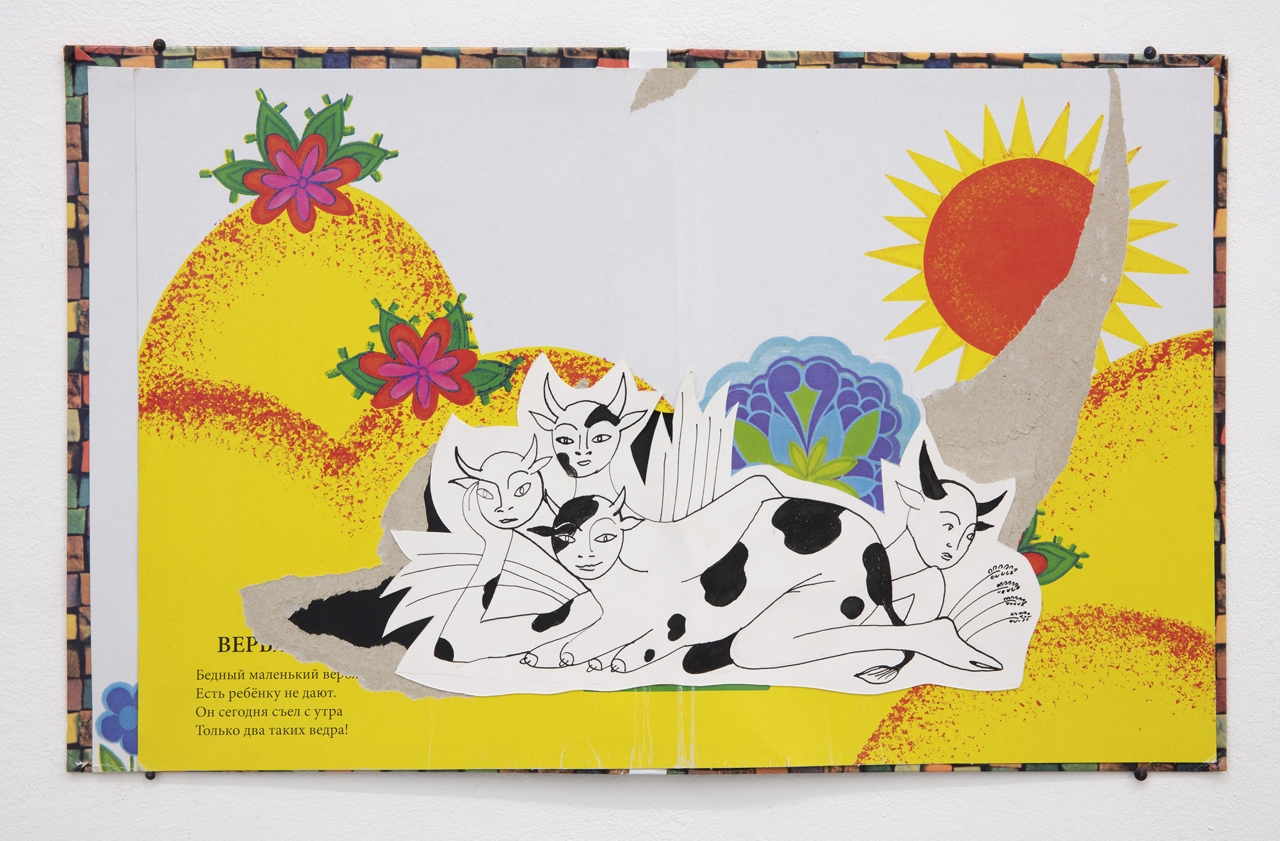
Anni Puolakka, Koo, 2023, Collage with found objects and gouache on paper
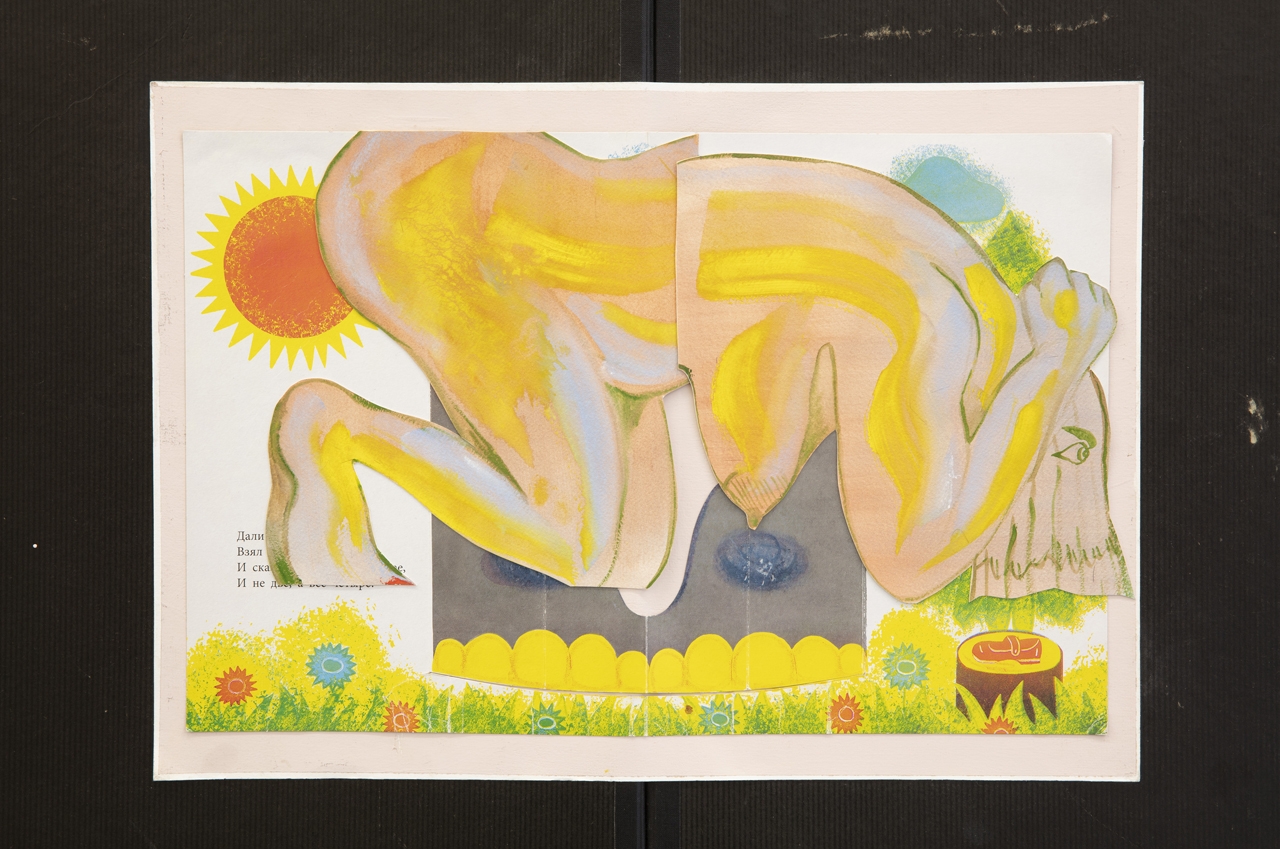
Anni Puolakka, Kaa, 2023, Collage with found objects and gouache on paper
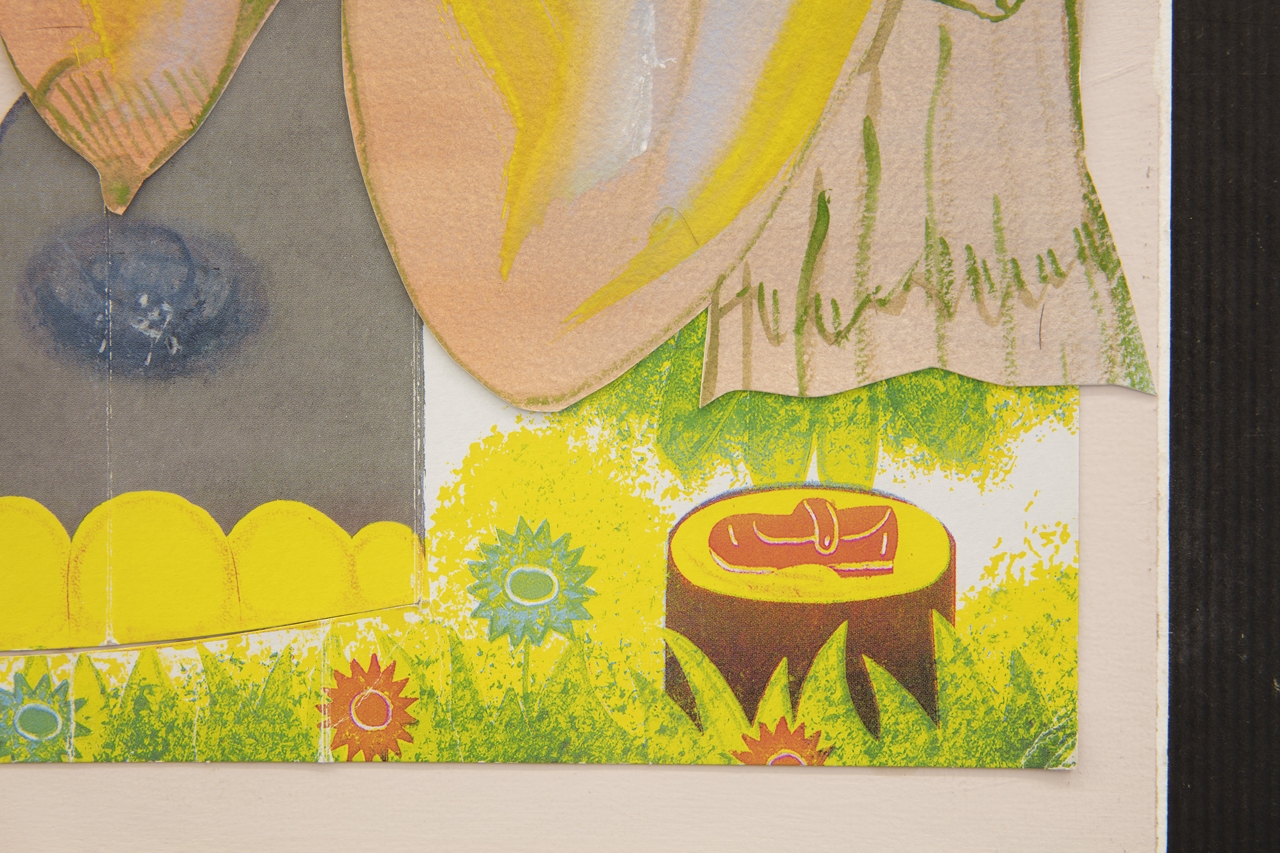
Anni Puolakka, Kaa, 2023. (Detail)
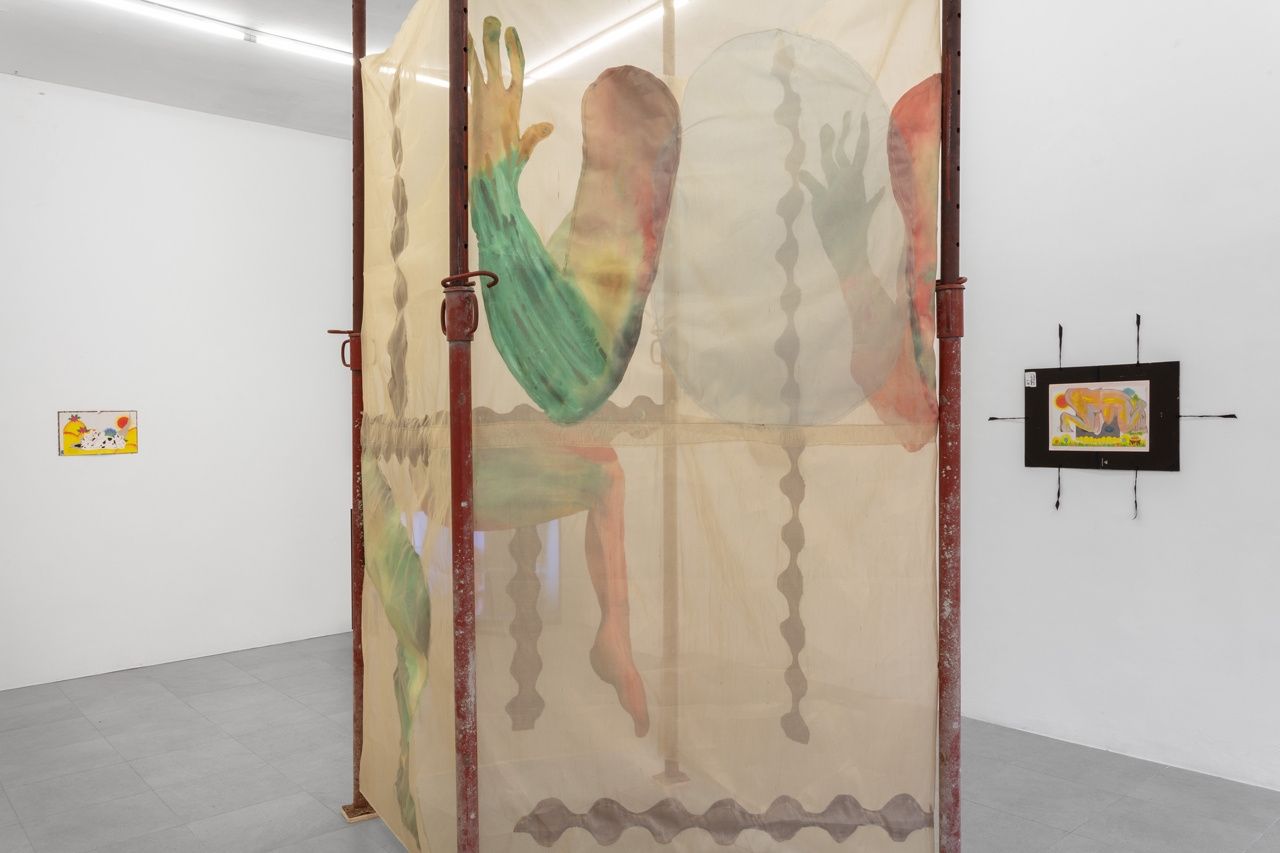
Installation view
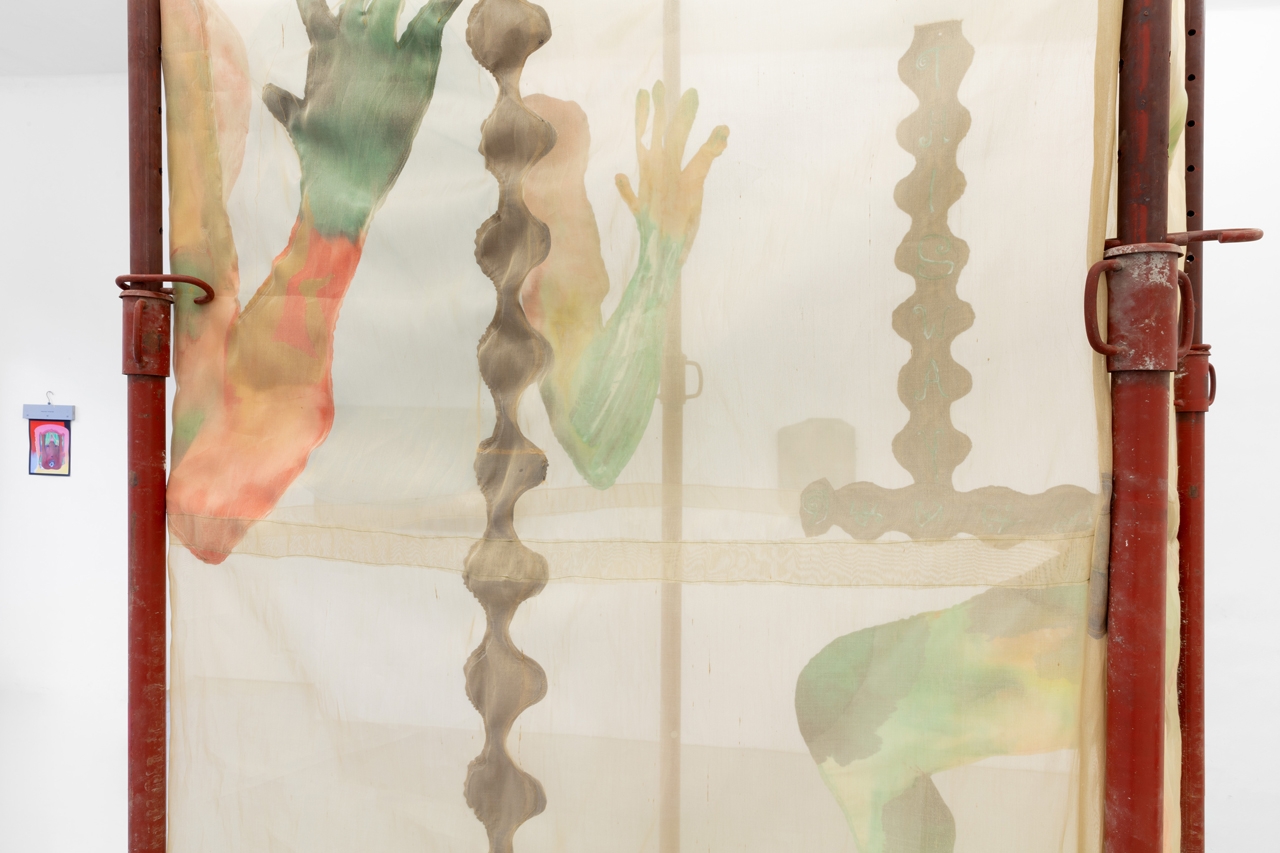
Anni Puolakka & Ellie Rae Hunter, Welcome to Me, 2023. (Detail)
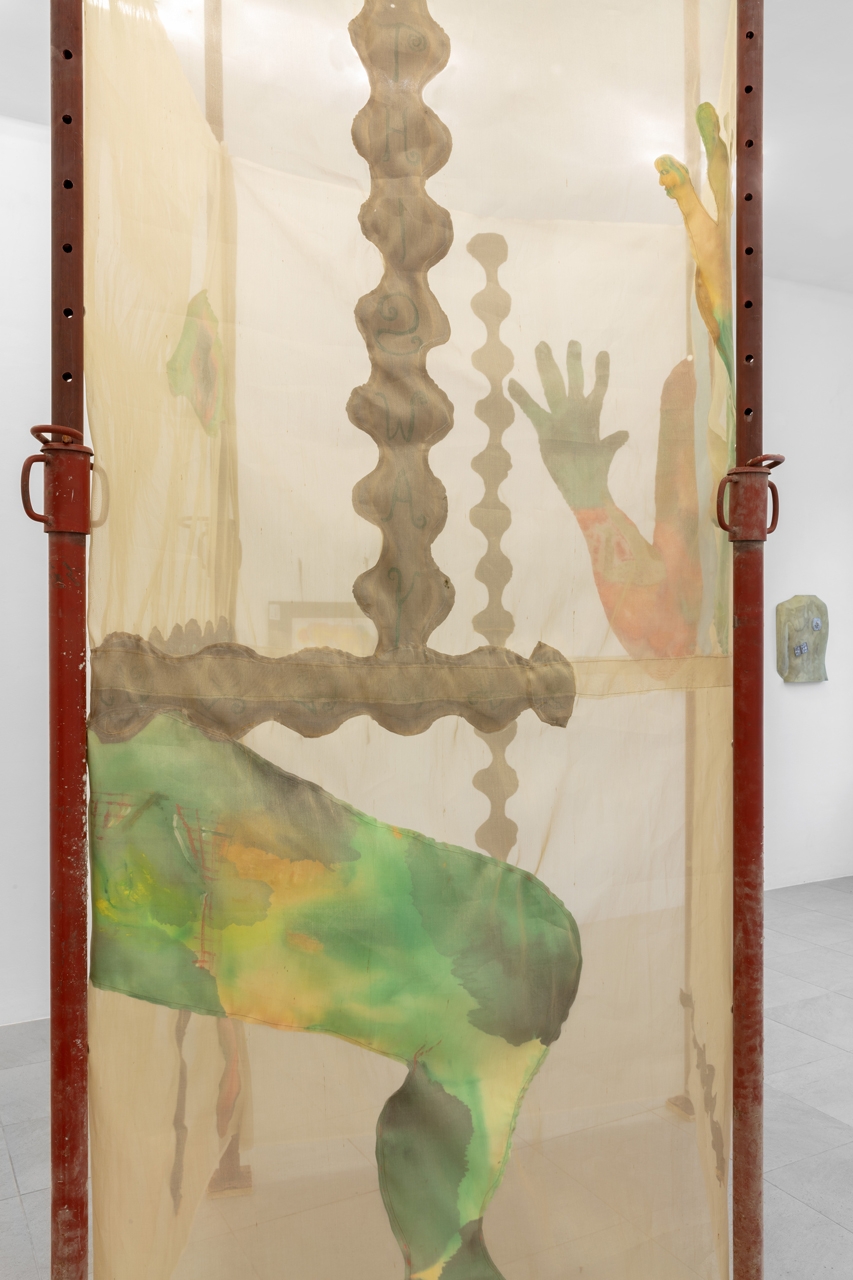
Anni Puolakka & Ellie Rae Hunter, Welcome to Me, 2023.
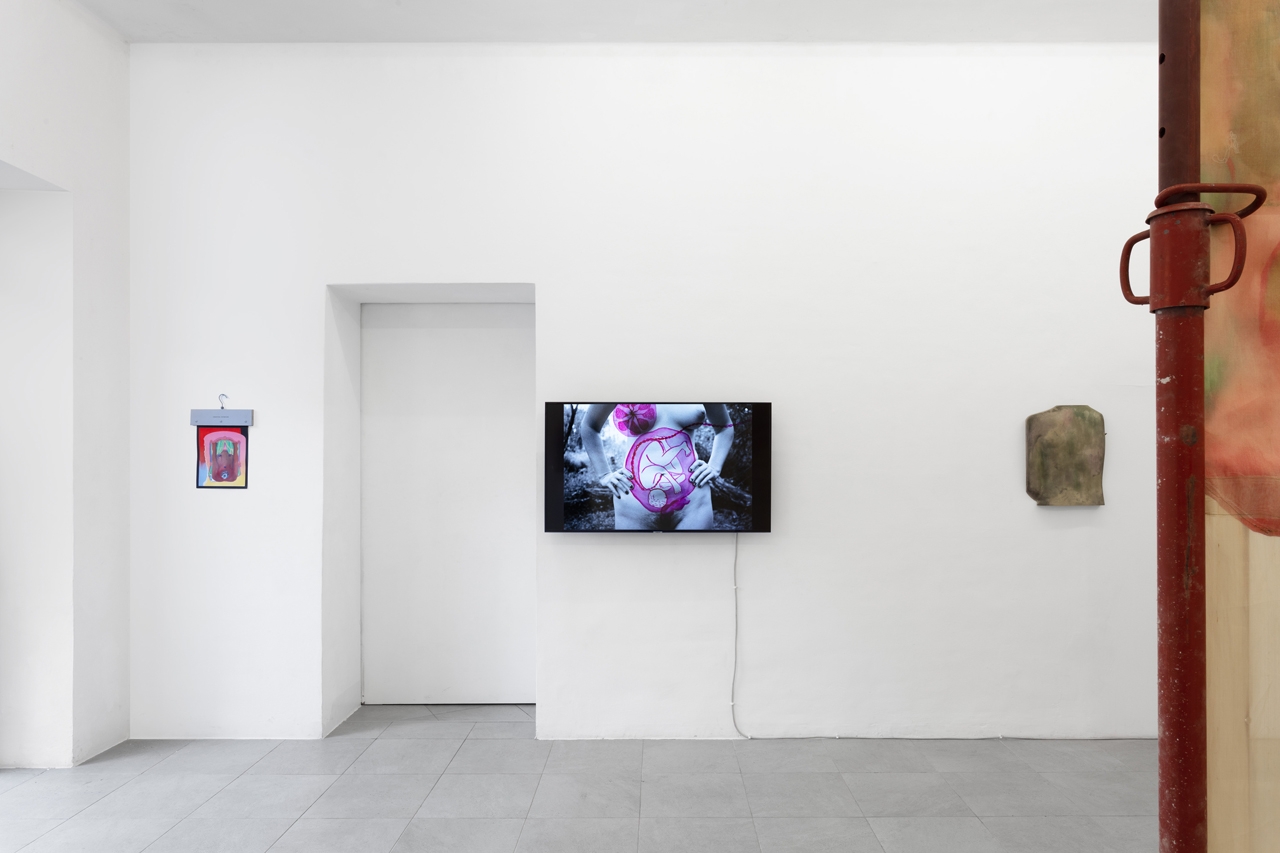
Ellie Rae Hunter, Heavenly, 2023, Video with hand-drawn animations, 6 min
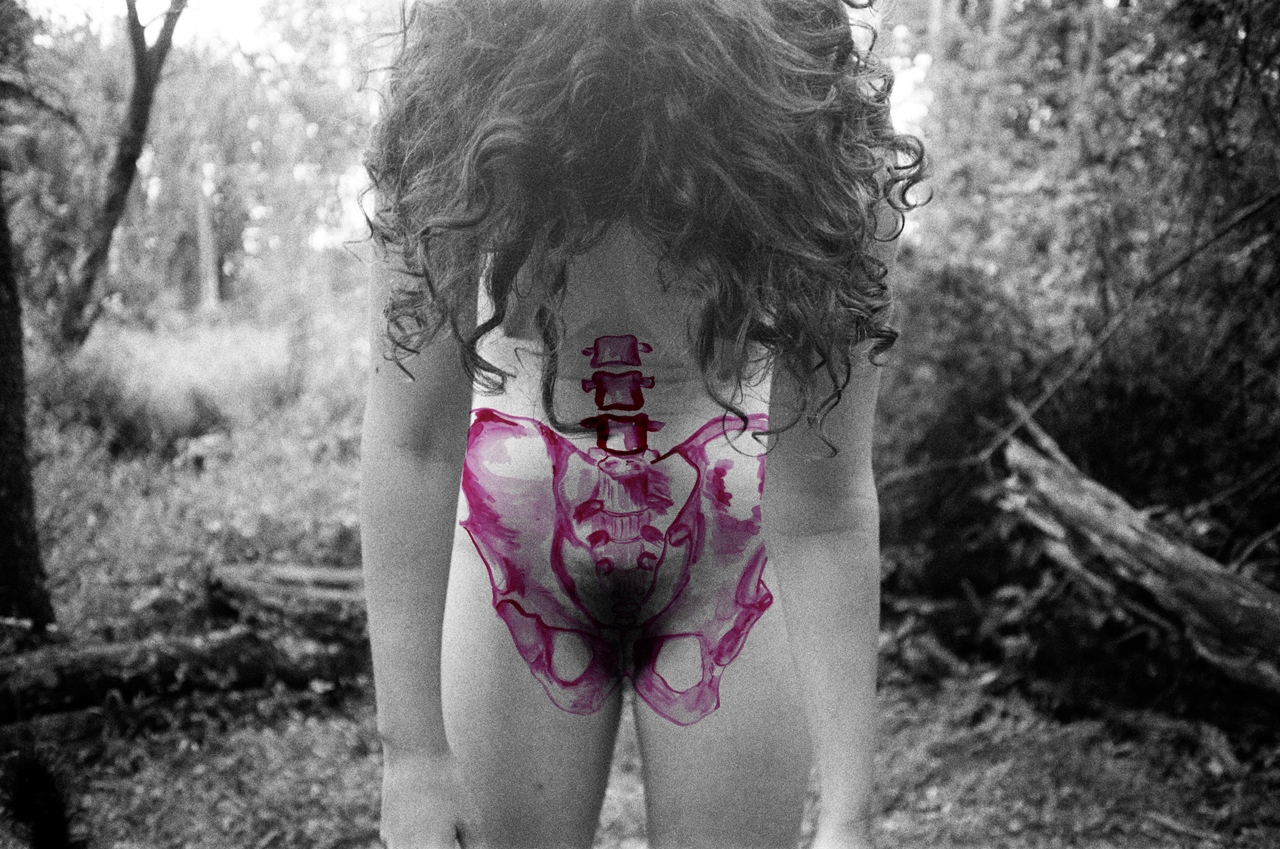
Ellie Rae Hunter, Heavenly, 2023. (Detail)
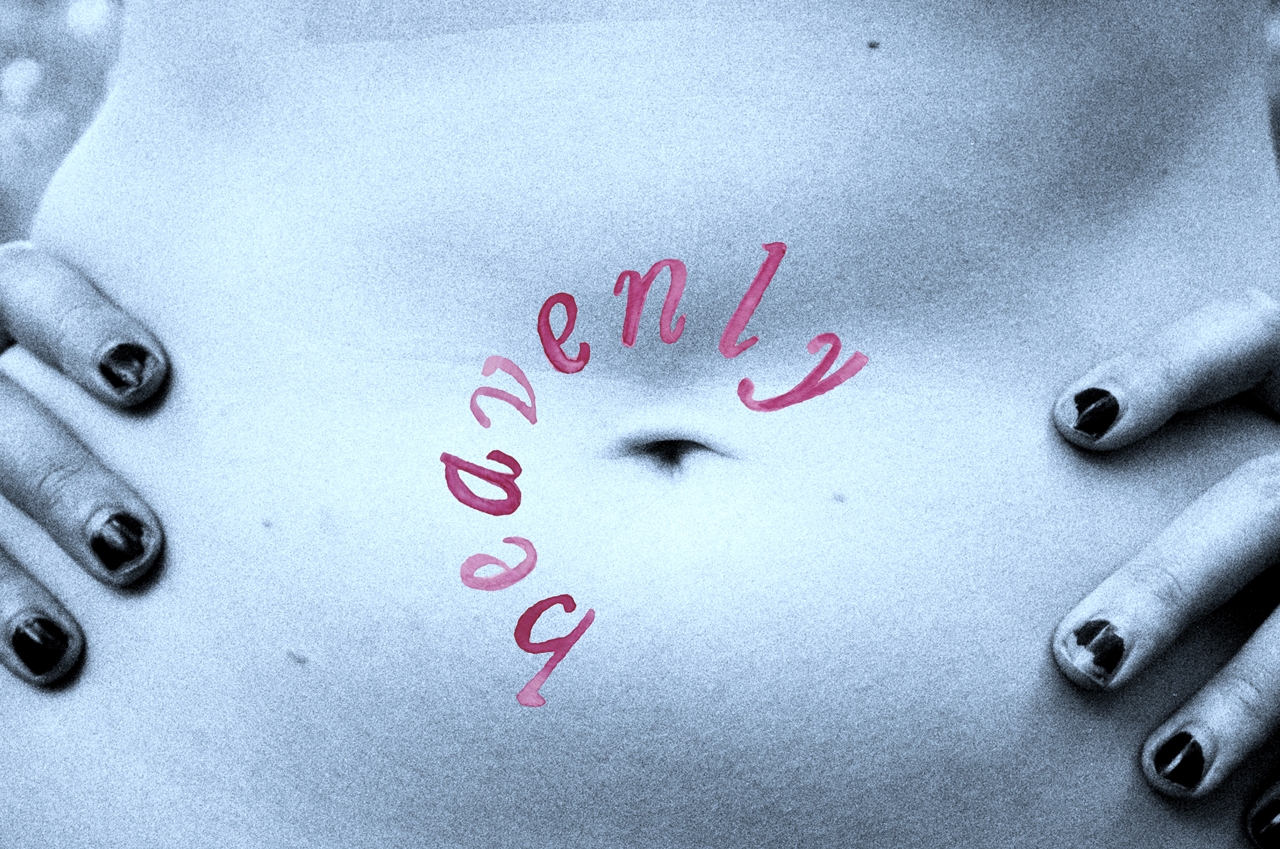
Ellie Rae Hunter, Heavenly, 2023. (Detail)
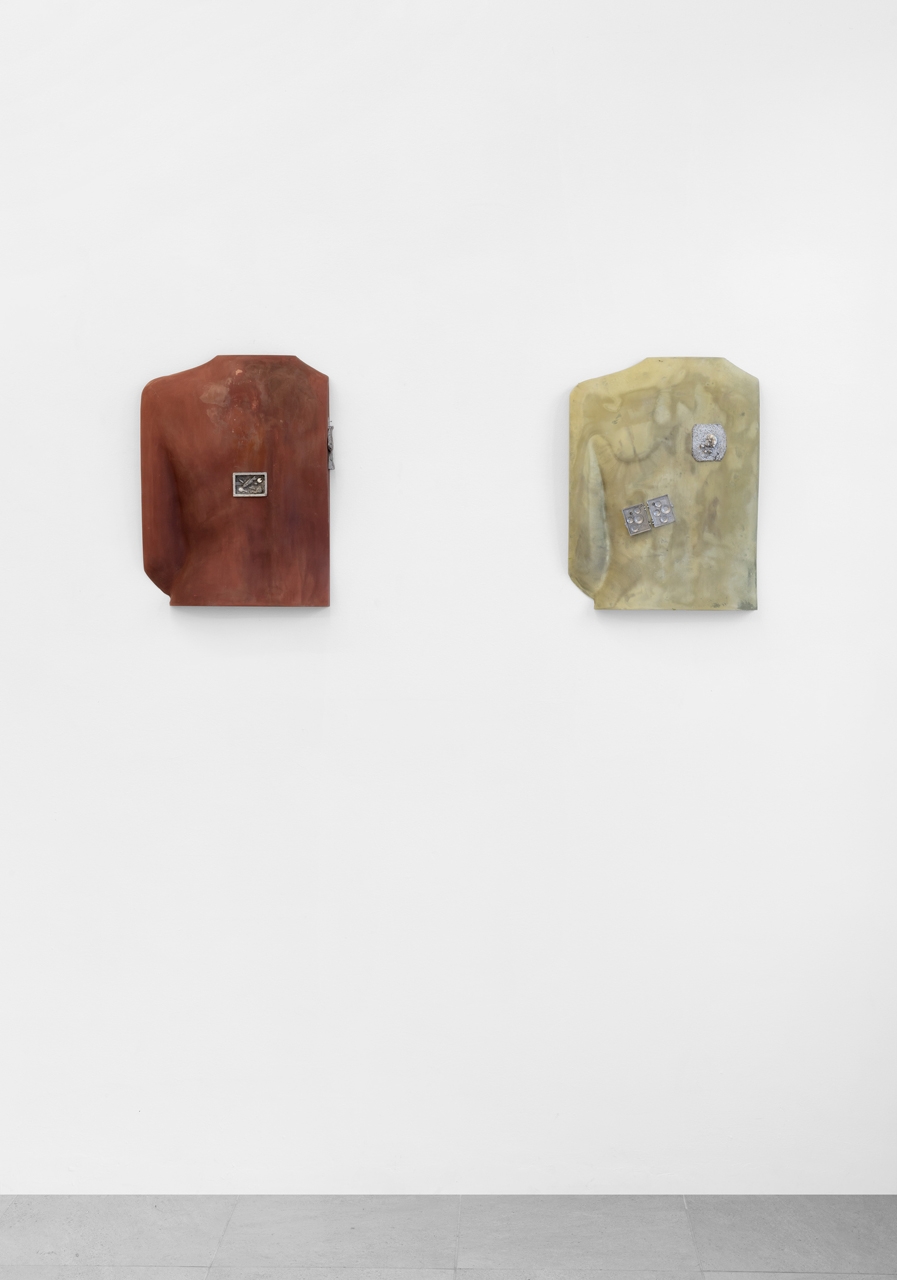
Ellie Rae Hunter, Pure Color series, 2023, Aquaresin, pigment, and aluminum
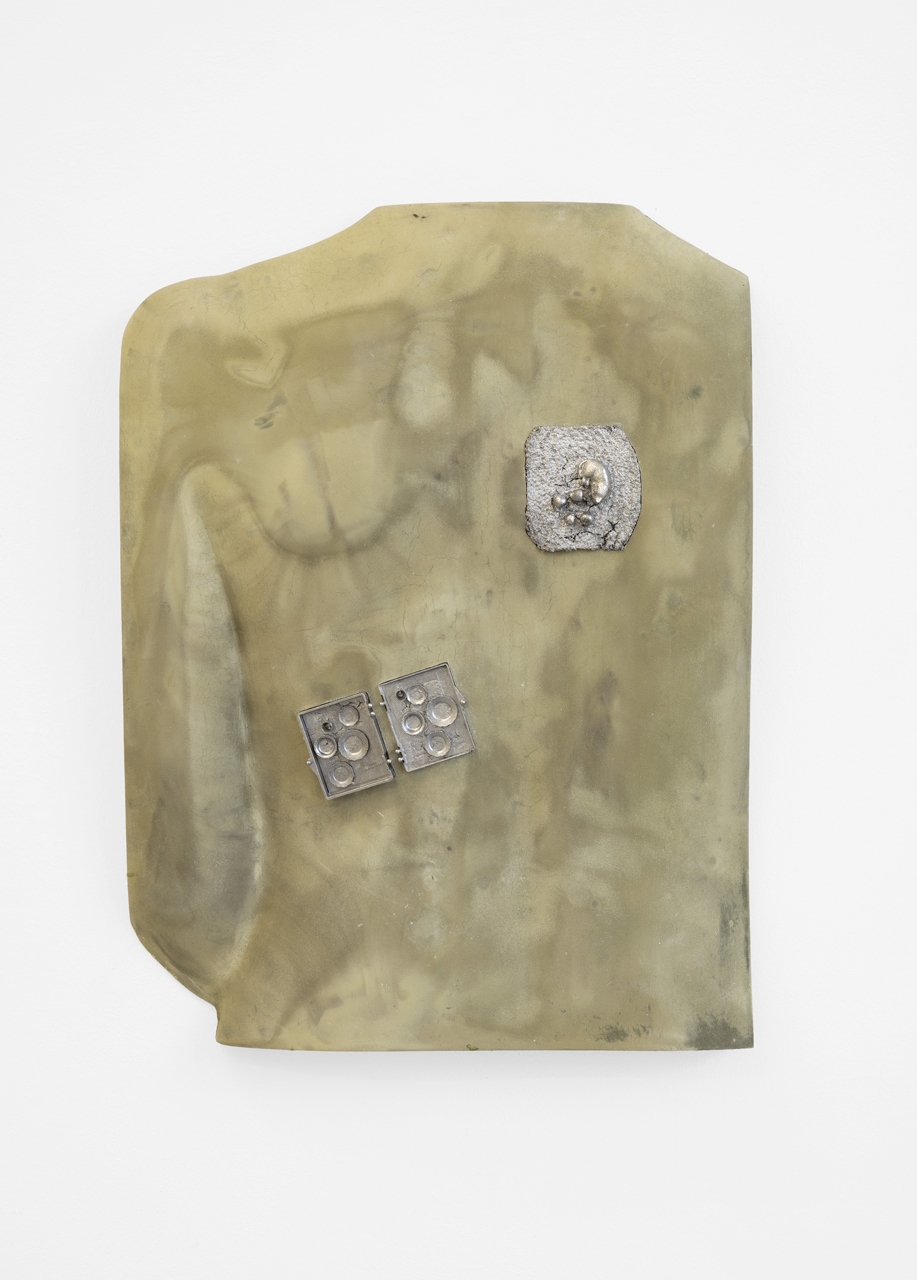
Ellie Rae Hunter, Pure Color IV, 2023, Aquaresin, pigment, and aluminum
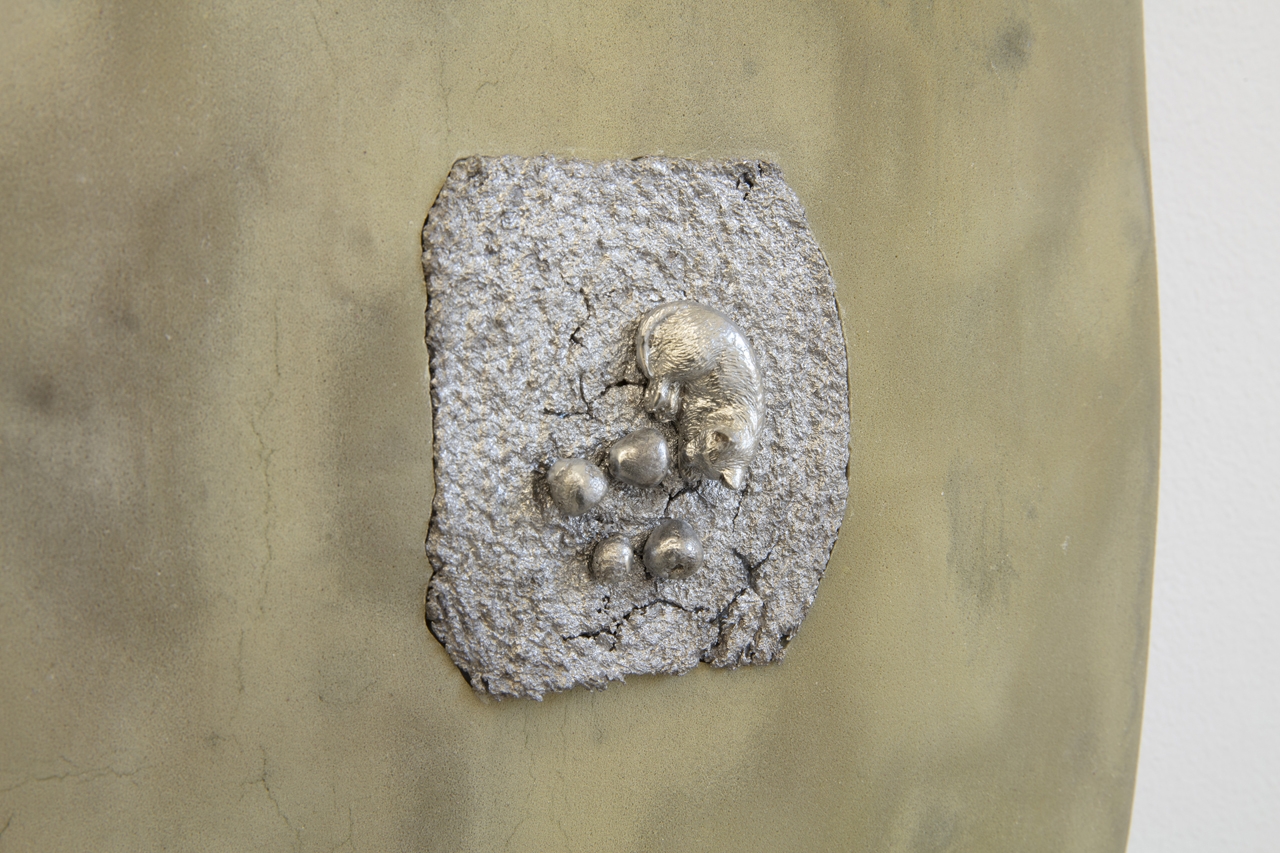
Ellie Rae Hunter, Pure Color IV, 2023. (Detail)
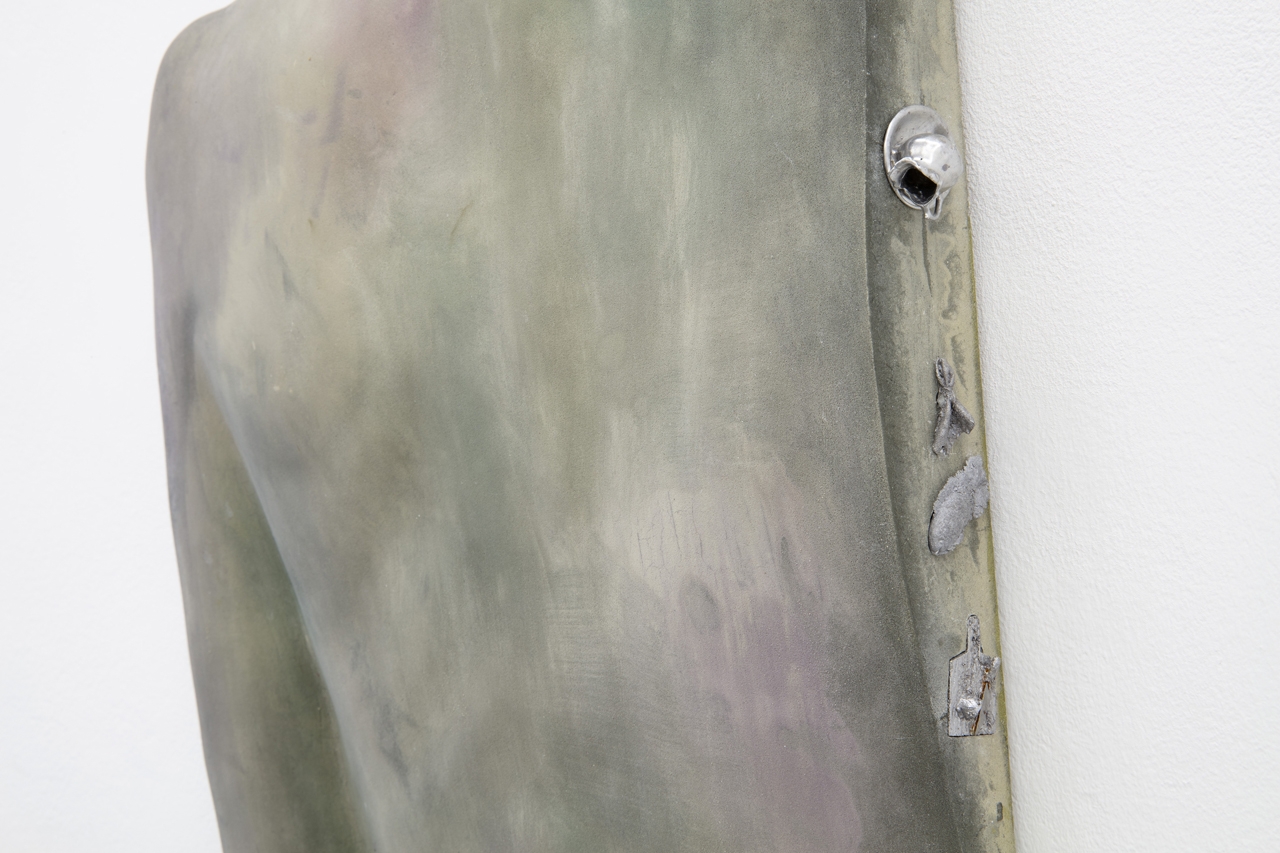
Ellie Rae Hunter, Pure Color I, 2023, Aquaresin, pigment, and aluminum
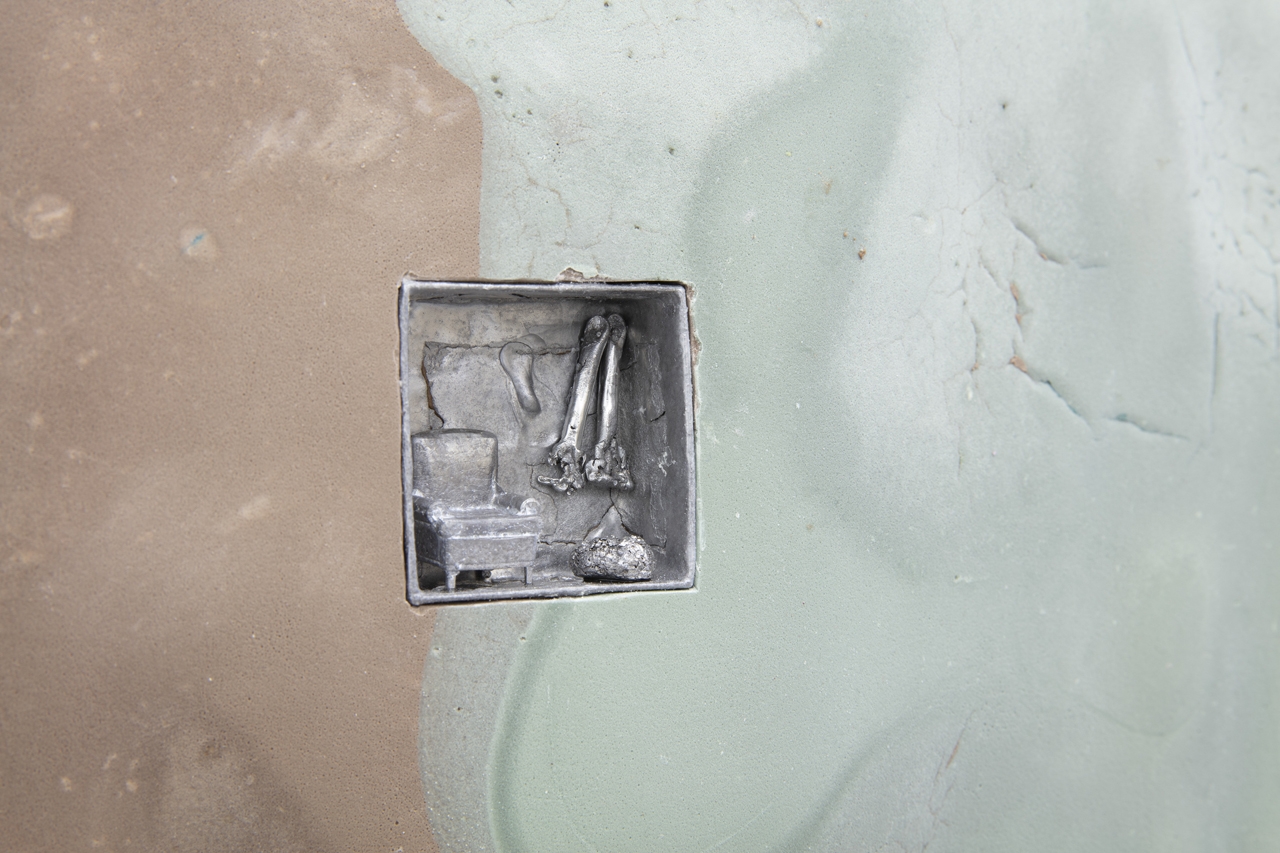
Ellie Rae Hunter, Pure Color II, 2023, Aquaresin, pigment, steel wool and aluminum. (Detail)